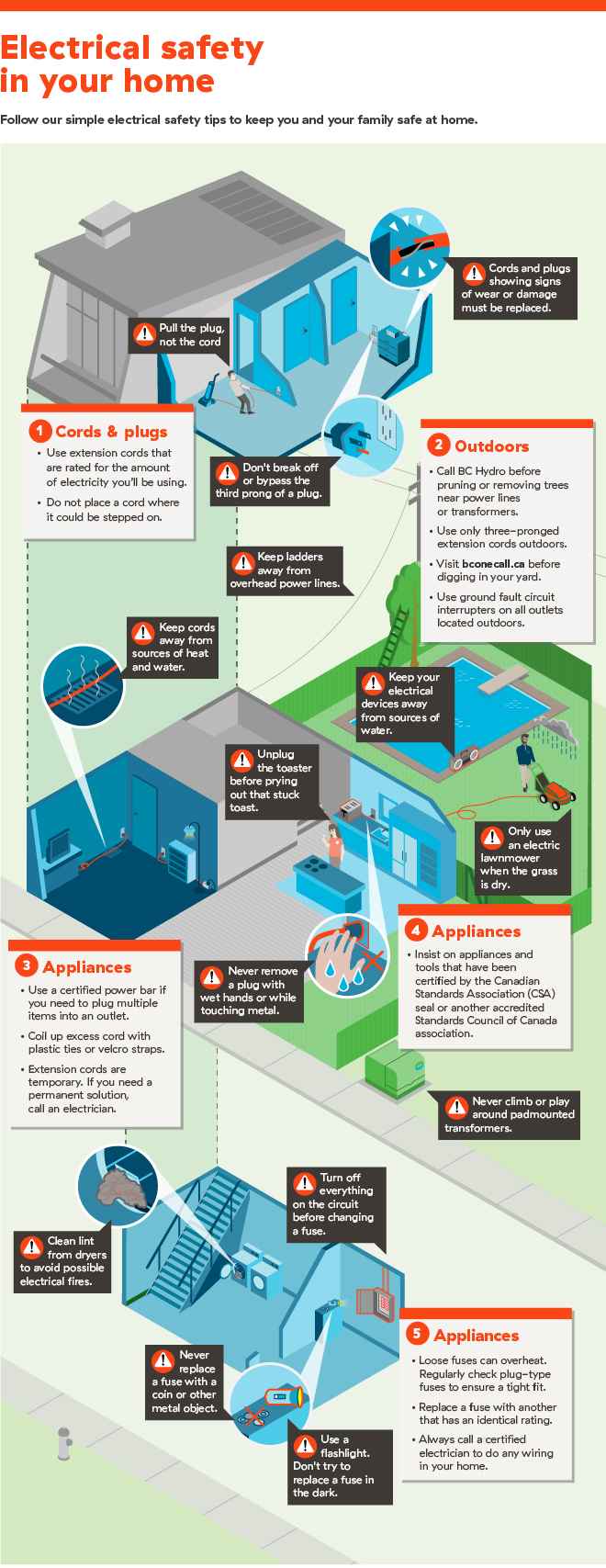Expect Essential Indications That Indicate Your Tree Could Be A Danger; Recognizing These Can Aid Secure Your Home And Those You Care About.What Should You Watch On Following?
Expect Essential Indications That Indicate Your Tree Could Be A Danger; Recognizing These Can Aid Secure Your Home And Those You Care About.What Should You Watch On Following?
Blog Article
Article By-Harrell Hubbard
When it concerns tree treatment, identifying the indications that it's time for elimination is important for your safety and security and residential property. You could notice stained leaves, wilting branches, or weird fungal developments suggesting illness. Read More On this page , like a significant lean or fractures in the trunk, can additionally position dangers. Recognizing these warning signs can assist you make informed decisions about your trees and prevent potential risks prowling in your backyard. What should you try to find following?
Indications of Degeneration and Disease
When you see indications of degeneration and condition in your trees, it's important to act quickly. Stump Grinding Rates tarnished fallen leaves, wilting branches, or unusual growths like fungus. These can show that your tree is having a hard time.
If you see splits in the bark or soft, mushy wood, these symptoms suggest inner degeneration. Furthermore, a sudden boost in parasites around your tree can indicate that it's compromised and vulnerable.
Check for any dead or dying limbs, as they pose a risk to your property and safety and security. If you're uncertain concerning what you see, getting in touch with an arborist can provide clearness.
Addressing these indications early can save you from much more comprehensive damage and guarantee the health of your yard. Don't wait until it's too late.
Structural Instability and Leaning
As you observe your trees, watch out for any indications of architectural instability or leaning. If a tree leans substantially, it may indicate that the root system is endangered.
Search for any kind of cracks in the trunk or dirt around the base; these can signify possible failure. Additionally, look for uncommon growth patterns, like a lopsided crown, which might recommend that the tree is battling to hold itself upright.
If you discover that the tree leans toward your home, power lines, or other frameworks, it presents a better threat. Do not disregard these indications-- get in touch with an arborist to assess the situation.
Doing something about it early can prevent pricey damages and guarantee your safety.
Dead or Perishing Branches and Foliage
If you notice dead or passing away branches and foliage on your tree, it's a clear indicator that something's wrong.
These undesirable locations can suggest underlying issues like disease, bug problems, or environmental tension. When branches shed their fallen leaves or turn brown, they're no more adding to the tree's health and wellness. Disregarding these indicators might cause additional decrease, making your tree much more harmful.
Pruning Crabapple Trees can conveniently break short throughout tornados, positioning a risk to building and individuals nearby. It's vital to examine the degree of the damages.
If the trouble impacts a considerable part of the tree, think about getting in touch with an expert. They can assist determine if removal is needed to make sure safety and security and maintain the charm of your landscape.
Final thought
If you discover any type of indicators of decay, architectural instability, or dead branches on your trees, don't disregard them. These indications can present major security dangers to you and your home. It's constantly best to consult a specialist arborist that can offer an expert analysis of your trees. Acting early can avoid crashes and expensive damages, ensuring your landscape continues to be secure and healthy and balanced. Remember, it's far better to be proactive about tree treatment than to await a disaster to happen.
